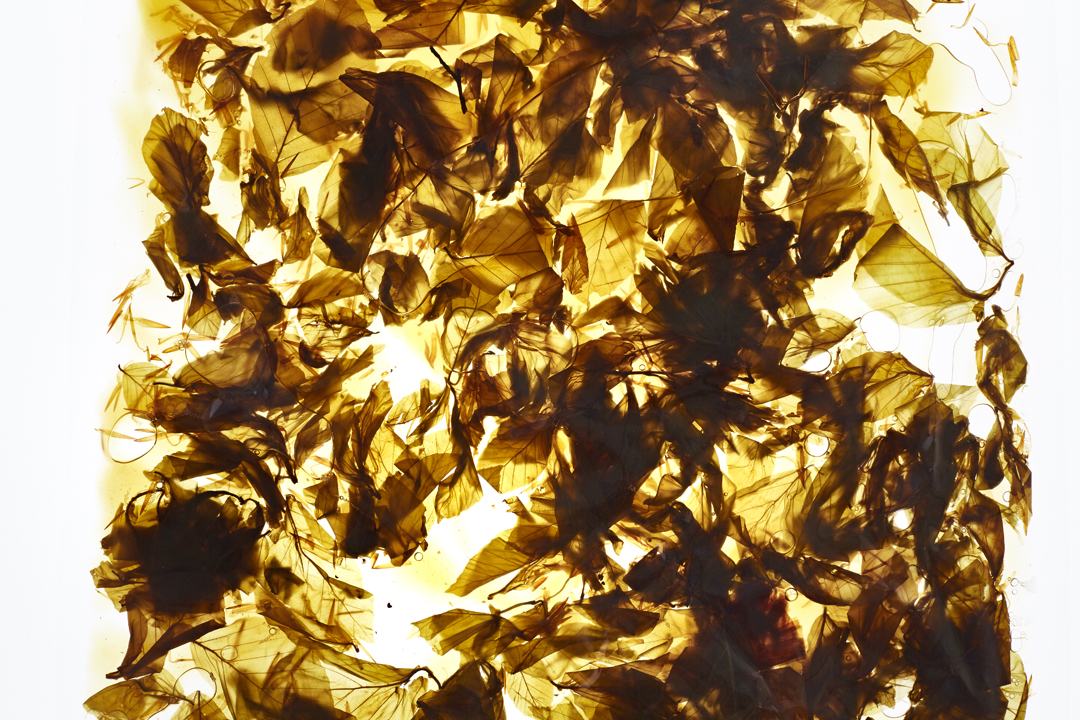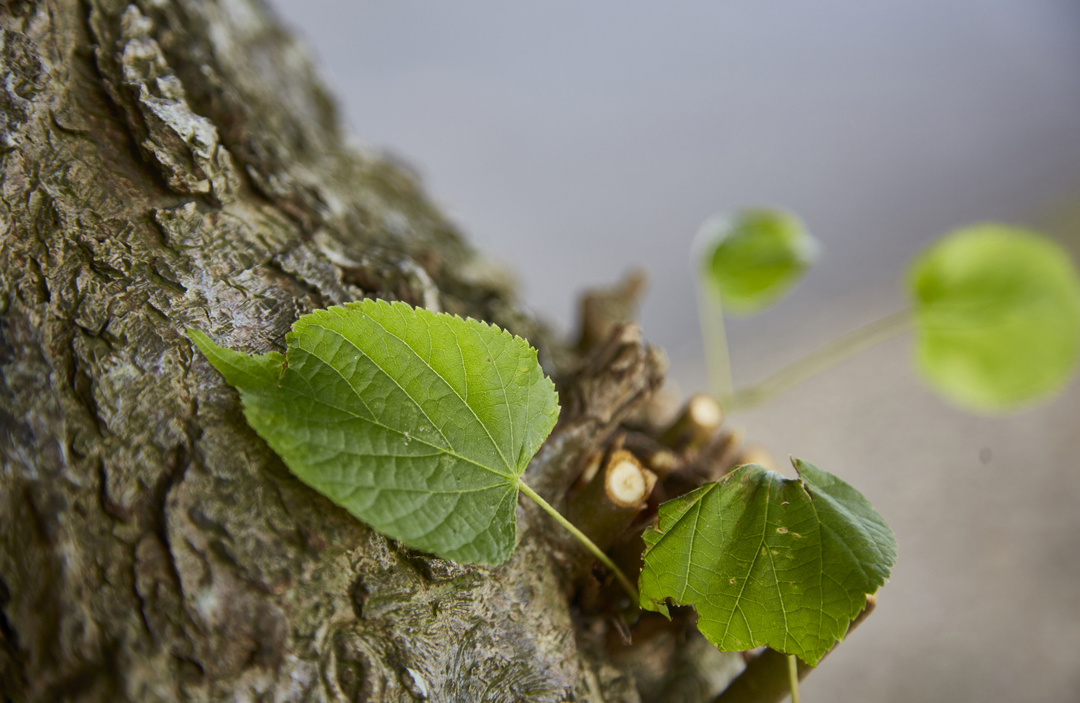
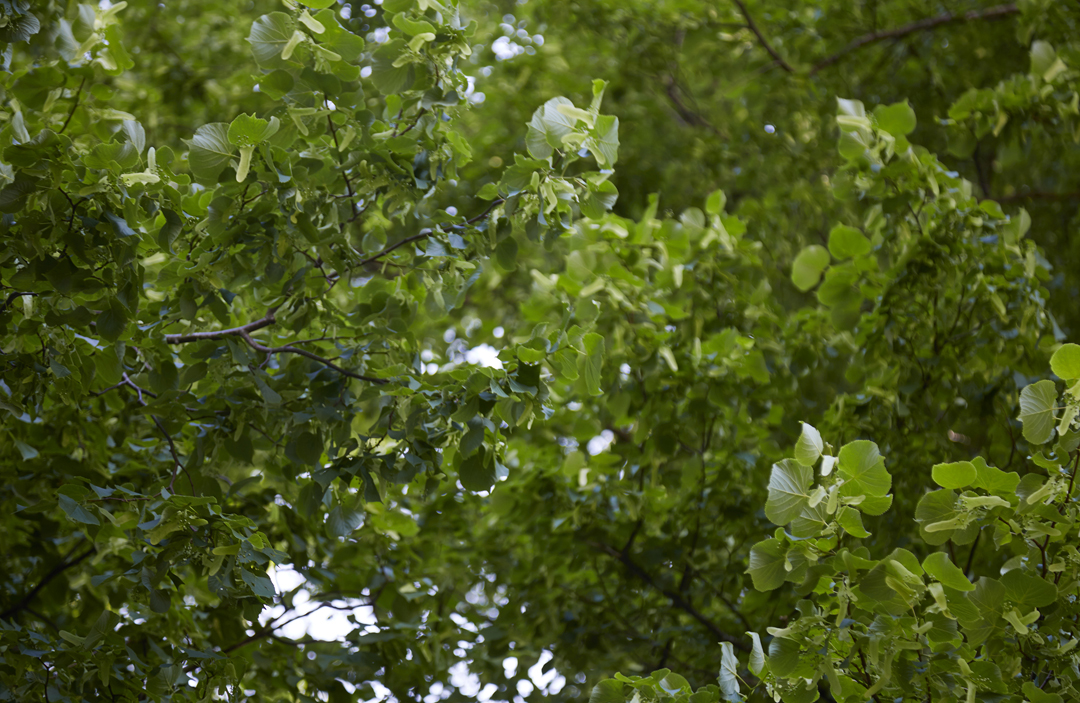
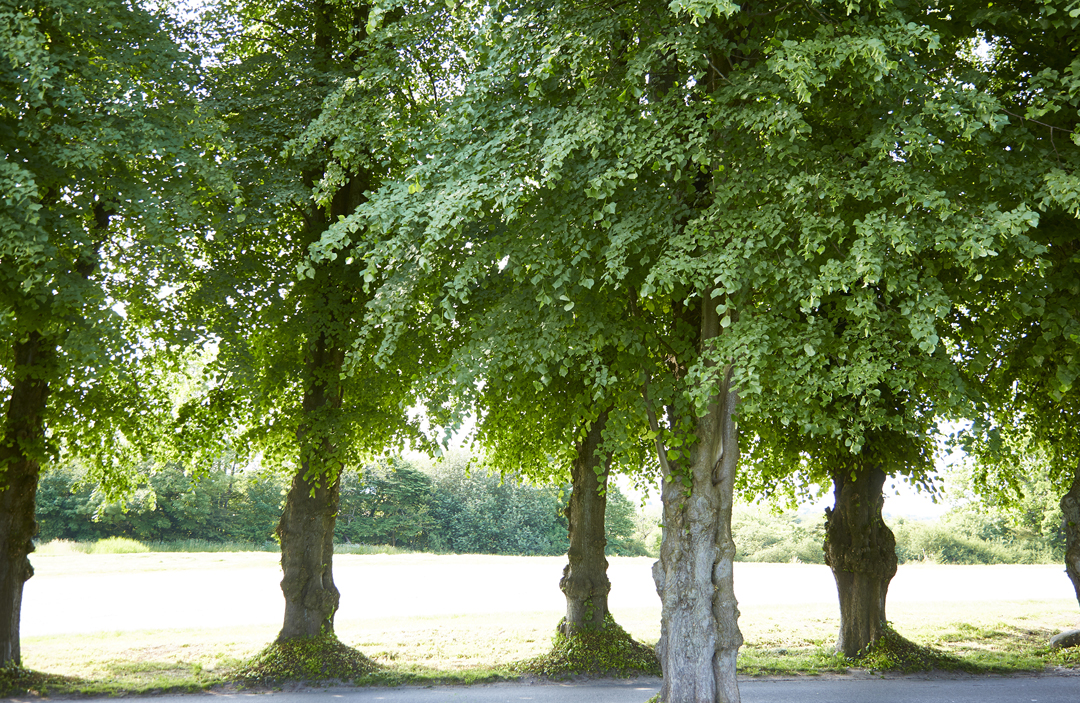
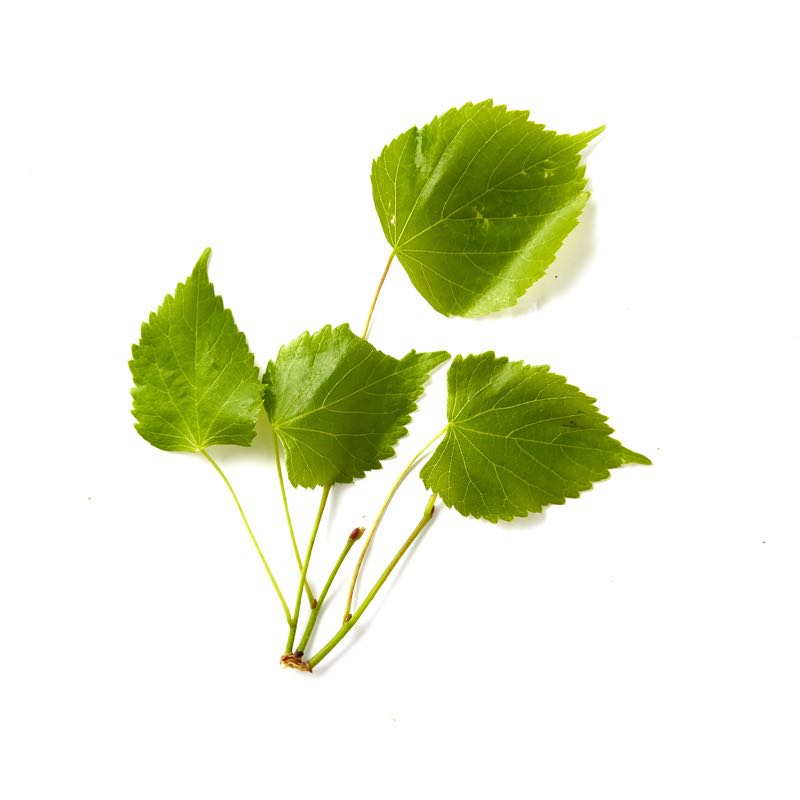
Linden
The linden tree is called the tree of love and happiness, and the scent of its flowers is for many synonymous with endless summer nights in Denmark. It's a tree that's been with us since the last Ice Age, but today is quite rare.
-
Where to Find It
There aren't many linden trees in the wild in Denmark, but once in a while you'll find them in bright, mixed deciduous forests together with beech, oak, alder, and ash. More often you'll find linden trees planted in parks or along streets. When a linden tree is growing alone, the crown of the tree will sometimes form a heart shape.
Deciduous forests, towns, hedges.
-
When to Find It
The linden tree comes into leaf in May and blooms in June or July with pleasant-smelling, light yellow or creamy white flowers.
Leaves: May, June. -
How to Spot It
The linden is a large tree—up to 30 meters tall—with smooth, reddish-brown bark that gets darker and more deeply grooved with age. Most often its trunk is rather short and splits quickly into several large branches. The shiny, light green leaves are heart-shaped, serrated on the edges, and taper to points at the end. In summer, the leaves can be completely smothered in a sticky residue caused by sap-feeding aphids, which really love small-leaved lime trees. The flowers grow in tufts on long stems that stick out from oblong leaves. The leaves function as wings and ensure that the nut-like fruits that come after the flowers are spread.
-
How to Pick It
Often linden trees produce shoots far down the trunk, where you can harvest berries and leaves before the trees are pruned.
Flowers: June, July.
Risk of misidentifying the plant



